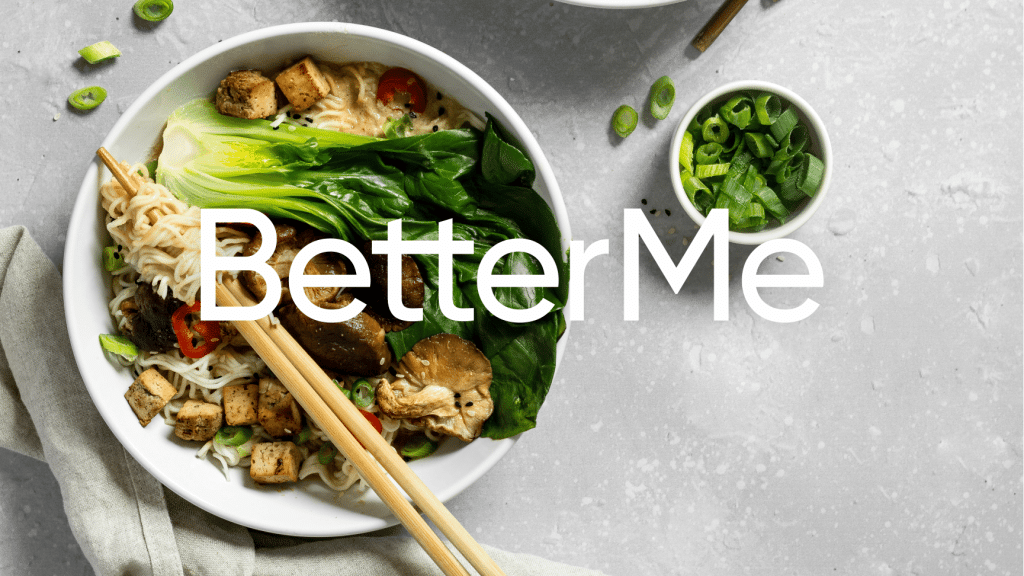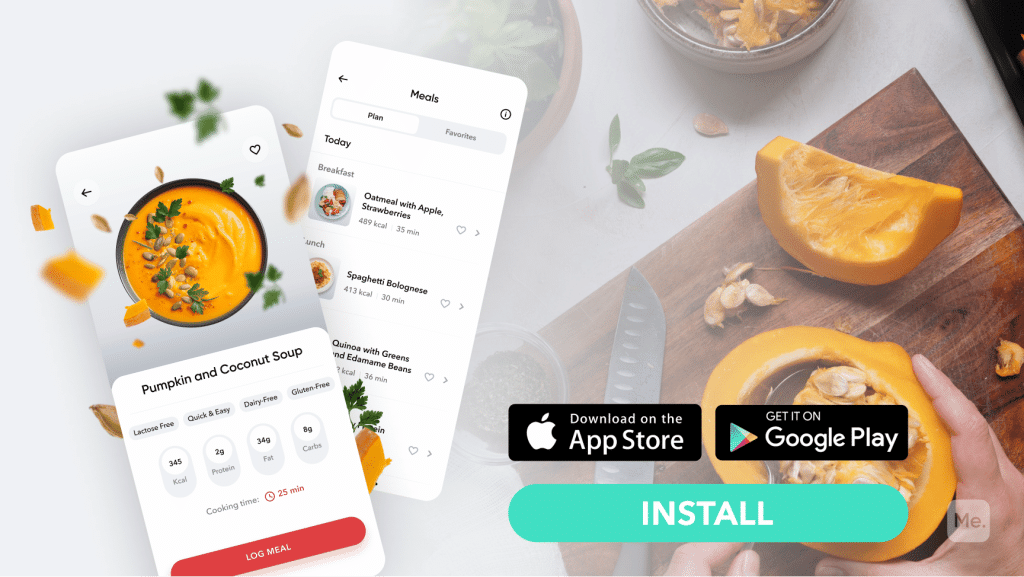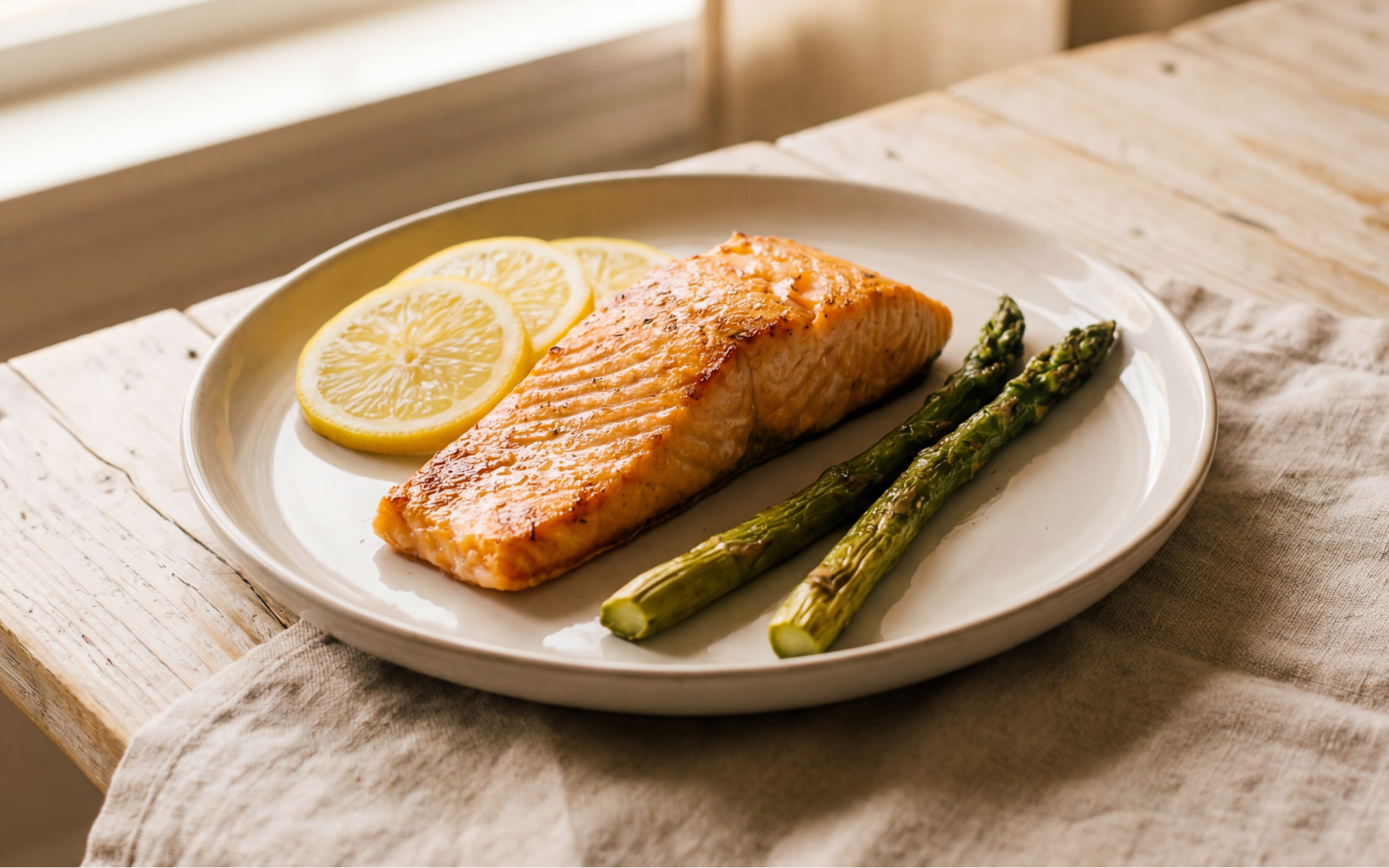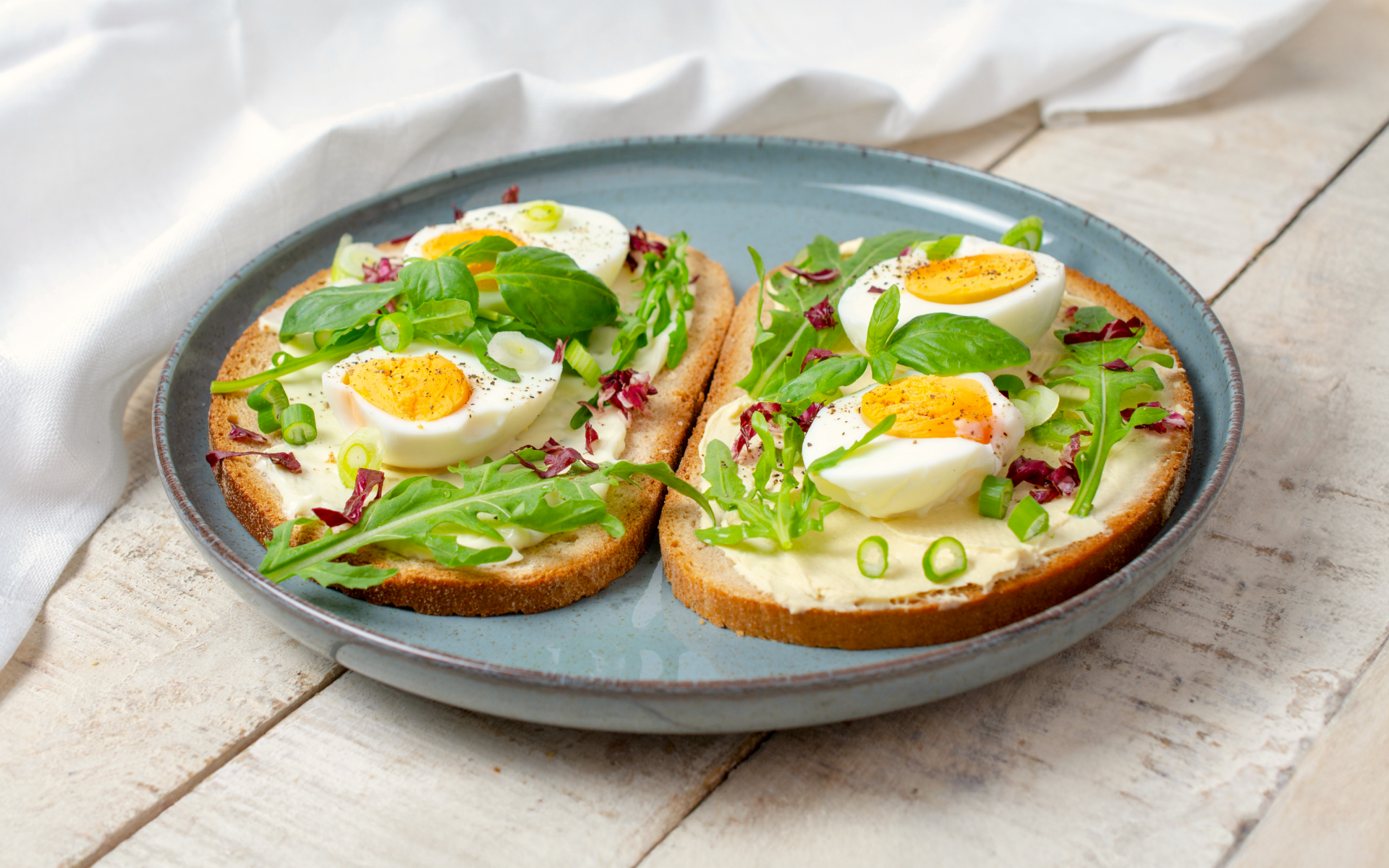Generally, a diet that goes against scientific knowledge and nutritional biochemistry is often considered risky. However, the food combination eating patterns are gaining popularity despite their unusual approach. Essentially, the food-combining approach is similar to the Ayurvedic diet. It is a distinctive eating pattern that works around the idea of our bodies being unable to digest more than one concentrated food at a time. And even though it has received criticism in nutritional circles, proponents of this diet talk highly about its supposed benefits.
What Is Food Combining?
Food combining is a diet concept that revolves around the thinking that certain foods pair better than others. This comes from the idea that improper food pairs can negatively impact our bodies. For instance, having steak with potatoes is said to create digestive problems.
This concept of food combinations first popped up in the Ayurvedic medicine of ancient India. In the mid-1800s, this concept became famous as “ the science of food combining” or “trophology.”
Food combining diets gained more public attention when physician William Howard Hay analyzed and adapted this concept from a medicinal perspective. This diet was mainly rooted in Hay’s experiences with food and healing. He proposed several strict guidelines that he claimed could help a person to achieve improved health.
The primary concepts of this diet covered the following aspects:
- Eat fat, starch, and proteins in a moderate amount
- Vegetables and fruits should make up a large portion of the diet
- Don’t combine sugars or starches with proteins or acidic fruits
- Wait for 4 or 4.5 hours between the meals
- Only consume whole grains
The food-combining supporters have studied the principles laid down in the Hay diet and Ayurveda to curate food-combining charts. They firmly believe that these diet patterns will help improve gut health.
This article provides a quick rundown of food combining diet patterns, its scientific evaluation, and how you can team up your foods to improve digestion and gut health and kick off lethargy.
Read More: Liquid Diet Ideas – Healthy But Not For Everyone
What Does Science Say About Food Combinations?
Most concepts of food combination diets have no scientific support. In fact, defining food components in groups isn’t as simple as food-combining advocates do it. Most foods aren’t only protein, starch, or fats. This fact makes it tough to fit them into a single food-combining chart segment.
Consider legumes and beans as an example. They are a rich source of fiber, proteins, carbohydrates, and vitamins. Hence, they can’t be categorized in a single section of the food combining chart, plus most of our guts digest them without any trouble.
Moreover, unlike most diet plans, the food-combining diet lacks extensive research. Only one human study has been conducted so far that we know of (1). The researchers divided participants into two groups – one received a low-calorie balanced diet, while the other followed a low-calorie food-combining diet. They found a significant reduction in both groups’ weight, cholesterol, and blood pressure.
This study concluded that the outcomes were most likely due to the caloric deficit. There was no evidence of the food-combining diet composition making substantial differences in overall health.
What Is A Food-Combining Diet?
Studies reveal that people tend to overeat when offered a wide variety of food options during a meal (6). On the other hand, having fewer food options at a meal leads them to eat less and reduce their caloric intake. This makes sense – at a holiday meal when there are many different dishes you want to try them all, and probably eat more than you would at a typical meal with fewer options.
Although the principles of food-combining Ayurveda aren’t backed by science, it doesn’t mean these combinations are always irrelevant. Indeed, some food combinations are more favorable to streamlining the digestive process.
Take carrots and fats as an example in this regard. Some nutrients, like fat-soluble vitamins and carotenoids, should be paired with fats to be best absorbed in the body. Carotenoids are compounds in orange, red, and dark green vegetables. These include tomatoes, broccoli, spinach, red bell peppers, and carrots (2). Studies show that a diet enriched with carotenoids may reduce the risks of heart diseases, certain cancers, and vision problems (3).
Simultaneously, another research study shows that if people consume these vegetables without fat, they may miss out on their benefits. This was supported by a small study highlighting how vegetables with salad dressings containing a higher fat level were associated with improved absorption of carotenoids (4).
You can extract more of these essential nutrients by pairing carotenoid-containing veggies with healthy fats like seeds, avocados, nuts, or olive oil (5).
Food-combining diets aren’t necessarily taking nutrient absorption into account. The combinations they recommend may be based on other principles which are not supported by science.
Before we discuss some of the supposedly healthy food combining options, it is essential to discuss the allegedly poor ones. This will give you more insight and help you to evaluate your diet charts carefully.
Poor Food Combinations
Some foods are said to be poorly combined and claimed to negatively impact your gut health. A few such examples are:
- Chicken + biscuits
- Fish + chips
- Spaghetti + meatballs
- Meat + Potatoes
- Hamburgers
- Hot dogs
- Grilled cheese sandwiches
These food combos are considered unhealthy because they supposedly compel the digestive process to work at cross-purposes. Their components are said to neutralize each other. As a result, neither protein nor starch gets adequately digested. This is only a theory and not supported by evidence.
When it comes to weight loss, progress is made by inches, not miles, so it’s much harder to track and a lot easier to give up. BetterMe app is your personal trainer, nutritionist and support system all in one. Start using our app to stay on track and hold yourself accountable!
How Can You Create An Effective Food Combining Meal Plan?
If you are still interested in trying out a food combining diet, read on for some of the ground rules suggested by its proponents:
Principle # 1 – Only Eat Fruits Till Noon
The supporters of food combination claim that fruits are most effective when eaten alone. They claim that this is because the liver works at its optimal capacity to remove toxins between midnight and midday during the 24-hour sleep and activity cycles. Thus, eating fruits until noon can supposedly help support this process. (Again, this isn’t supported by science).
Fruit is considered an incredible replenisher of fluids after a restful night. They can swiftly move from the stomach into the small intestines, preparing the system for a more varied lunch.
Low-sugar fruits (grapefruits, kiwis, berries) are said to combine well with protein fats (seeds, nuts) and veggie fruits (tomato, avocado, coconuts) and leafy greens (lettuces, kale, spinach, arugula).
Principle # 2 – Combine Proteins With Non-Starchy Veggies
The stomach may increase the release of hydrochloric acid and protein-digesting enzyme pepsin when you consume concentrated proteins (fish, meat, poultry) (7).
Food combiners recommend combining protein-rich foods with non-starchy vegetables like sprouts, carrots, asparagus, broccoli, onions, or sea vegetables like kombu and dulse. They say that these vegetables can easily be digested in a “starch or protein-friendly environment.” This isn’t supported by science either, but pairing 2 types of healthy foods together (lean protein and vegetables) probably won’t hurt anything. It is missing complex carbohydrates and healthy fats to be considered a balanced meal, however.
Principle # 3 – Avoid Processed Foods, Refined Sugar, And Alcohol
This is the founding principle in almost every healthy diet pattern created till today. Consumption of ultra processed foods and refined sugars may harm the quality of life. Research has connected eating a lot of highly processed foods with possible weight gain (8).
Refined sugar consumption is growing at a rapid pace. A high sugar intake is linked with several tissue and organ dysfunctions. A person consuming more than the recommended refined sugar may disrupt the balance of microbes in their gut, which could have health consequences (9, 10). Added sugar also provides excess energy with no nutritional value, which can contribute to weight gain.
Likewise, alcohol, when consumed excessively, can overwhelm the gastrointestinal tract (GI) and liver. This may lead to damage within the GI and other organs (11). A chronic excessive alcohol intake could cause permanent damage to the intestines. It is considered a good thing to cut or limit ultra processed foods, refined sugars, and excessive alcohol consumption from your diet patterns when trying to curate a food-combining meal plan for yourself.
Read More: The No Sugar Diet For Optimal Health
How Does Food Combining Categorize Foods?
Food combining divides foods into four categories:
- Fruits
- Starch
- Proteins
- Nuts/dried fruits/seeds
Advocates of food combining recommend choosing foods from one category for a properly combined meal. The foods listed within the same category could also combine well. And you may include some items from the “Neutrals” list to fill your plates.
Some neutral food items are listed as follows:
- Beets
- Fennel
- Artichokes
- Ginger
- Garlic
- Jalapenos
- Celery
- Bok choy
- Spaghetti squash
- Fresh raw corn
- Green beans
- Scallions
- Zucchini
Once you are done with one meal, wait 3 – 4 hours before consuming another meal covering a different category.
The Bottom Line
Food combining requires strategic planning and thinking about how, when, and what you should eat. Many people who adopted the food-combining diet claim to have noted a significant positive impact on their energy levels, but the concepts behind this diet are not backed by science and do not promote balanced meals.
Before you leap onto a ready-made food-combining diet, you should evaluate the requirements of your body. Curate a plan that provides the nutrients you need and doesn’t trigger any allergies (if any). Talk to your doctor about whether this type of diet is safe or appropriate for you.
DISCLAIMER:
This article is intended for general informational purposes only and does not serve to address individual circumstances. It is not a substitute for professional advice or help and should not be relied on for making any kind of decision-making. Any action taken as a direct or indirect result of the information in this article is entirely at your own risk and is your sole responsibility.
BetterMe, its content staff, and its medical advisors accept no responsibility for inaccuracies, errors, misstatements, inconsistencies, or omissions and specifically disclaim any liability, loss or risk, personal, professional or otherwise, which may be incurred as a consequence, directly or indirectly, of the use and/or application of any content.
You should always seek the advice of your physician or other qualified health provider with any questions you may have regarding a medical condition or your specific situation. Never disregard professional medical advice or delay seeking it because of BetterMe content. If you suspect or think you may have a medical emergency, call your doctor.
SOURCES:
- Similar weight loss with low-energy food combining or balanced diets (2000, nature.com)
- Carotenoids as a Source of Antioxidants in the Diet (2016, pubmed.ncbi.nlm.nih.gov)
- Carotenoids: biochemistry, pharmacology, and treatment (2016, pubmed.ncbi.nlm.nih.gov)
- Modeling the dose effects of soybean oil in salad dressing on carotenoid and fat-soluble vitamin bioavailability in salad vegetables (2017, pubmed.ncbi.nlm.nih.gov)
- Bioavailability of Micronutrients From Nutrient-Dense Whole Foods: Zooming in on Dairy, Vegetables, and Fruits (2020, ncbi.nlm.nih.gov)
- Variety in a meal enhances food intake in man (1981, sciencedirect.com)
- THE EFFECT OF VARIOUS ACIDS ON THE DIGESTION OF PROTEINS BY PEPSIN (1919, ncbi.nlm.nih.gov)
- Ultra-Processed Diets Cause Excess Calorie Intake and Weight Gain: An Inpatient Randomized Controlled Trial of Ad Libitum Food Intake (2019, cell.com)
- Infections in the Immunocompromised Host: General Principles (2020, sciencedirect.com)
- Mucosal Immunity (2020, sciencedirect.com)
- Alcohol and Gut-Derived Inflammation (2017, ncbi.nlm.nih.gov)











